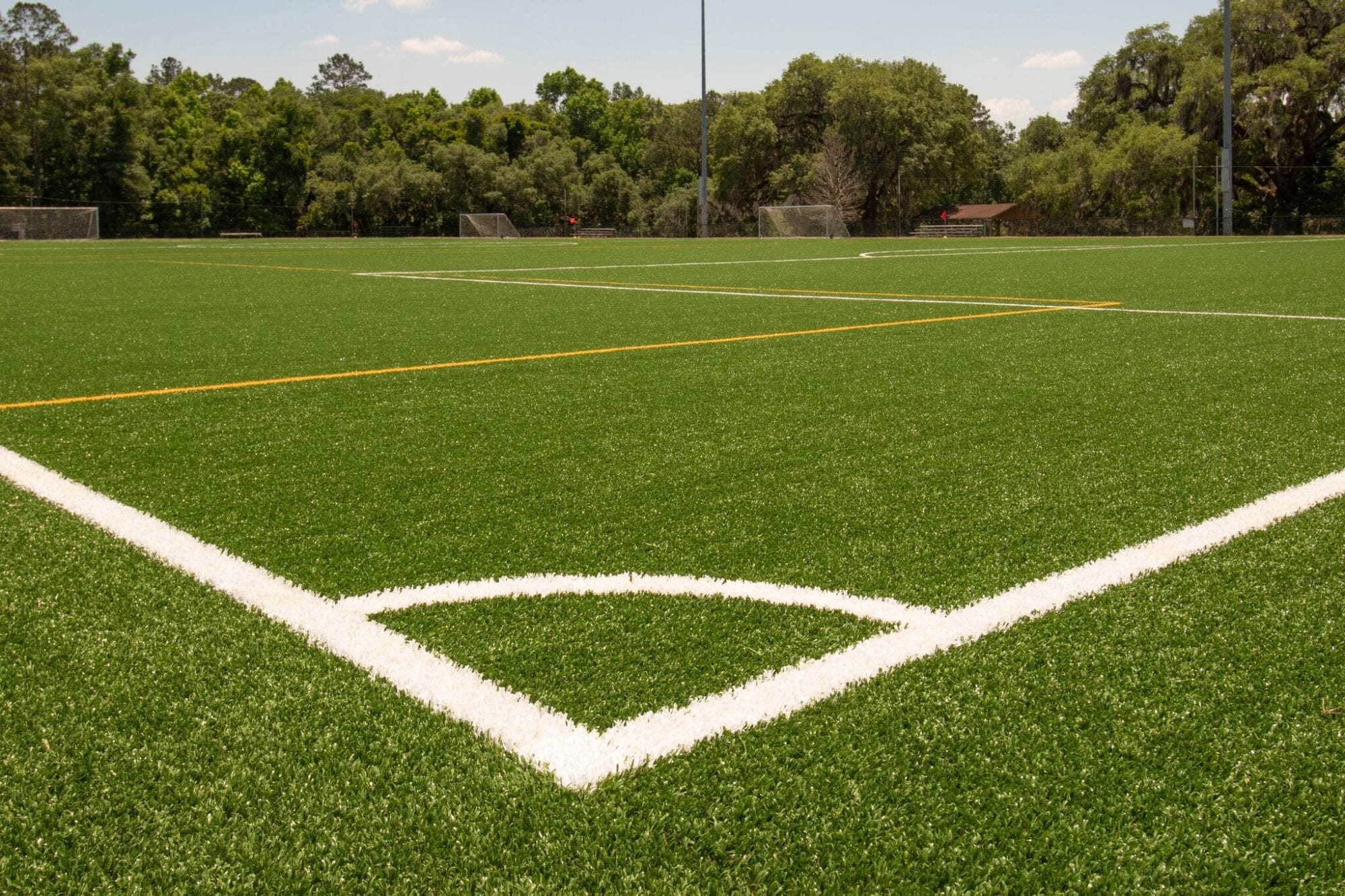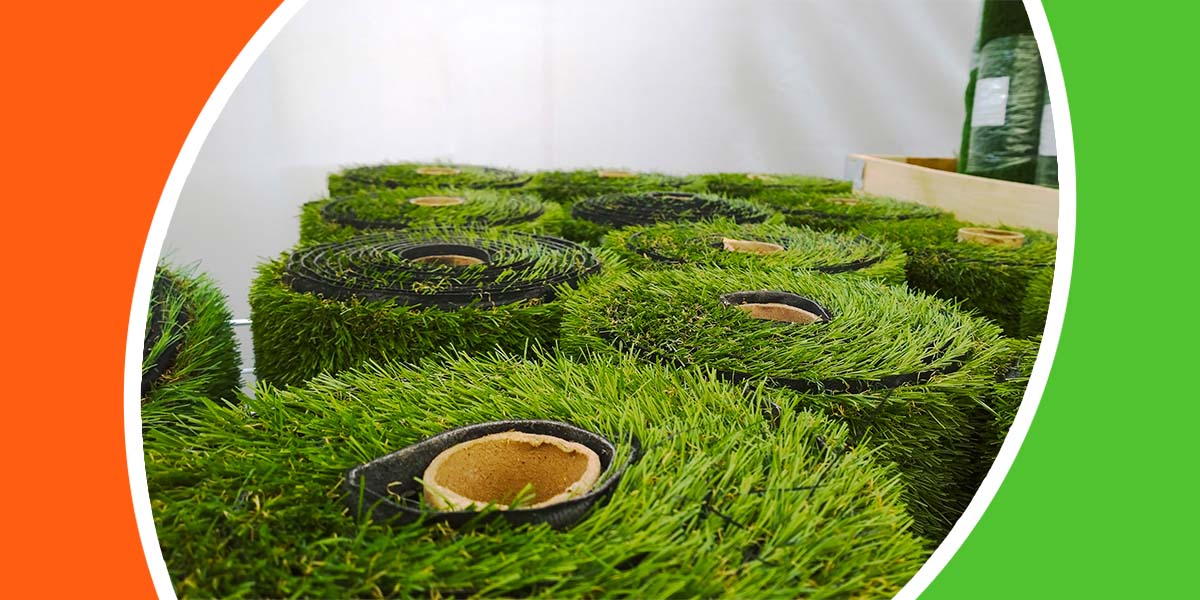Upgrade Your Outdoor Space with Arizona Artificial Turf for a Lush Green Look
Upgrade Your Outdoor Space with Arizona Artificial Turf for a Lush Green Look
Blog Article
See Why Homeowners Prefer Artificial Grass for Sustainable Landscaping Practices
As homeowners progressively prioritize sustainability in landscaping, man-made turf has arised as a compelling option to traditional lawn. What remains to be explored is the complete scope of benefits that artificial grass can supply to homeowners and the atmosphere alike.
Water Conservation Benefits
One of the most considerable benefits of synthetic grass is its function in water preservation. Typical turf lawns call for significant amounts of water to preserve their rich look, often bring about overuse of local water resources, particularly in deserts. On the other hand, synthetic grass eliminates this demand completely, as it does not call for watering. This not just conserves water but likewise minimizes the pressure on municipal water systems, particularly during drought conditions.
In addition, the setup of synthetic grass can add to a more lasting landscape. House owners can considerably decrease their water costs, permitting reallocation of sources to various other environmental campaigns or household uses. In addition, synthetic grass is developed to stand up to various weather conditions without the requirement for extra watering, making it an excellent selection for areas encountering water deficiency.
The environmental benefits prolong beyond immediate water cost savings. By decreasing water usage, synthetic grass helps to minimize the effects of climate adjustment, protecting essential ecosystems that are threatened by too much water extraction. As sustainable landscape design practices obtain traction, synthetic grass emerges as a liable option for homeowners looking for to create eco-friendly outside spaces.
Lowered Maintenance Initiatives
Synthetic grass substantially reduces upkeep initiatives compared to typical turf yards. With artificial lawn, homeowners can remove the time-consuming jobs related to all-natural landscaping, such as mowing, feeding, and weeding. This not only conserves valuable time however additionally lowers physical labor, making lawn care obtainable for individuals of any ages.
Typical lawns need constant trimming to maintain a visually pleasing elevation, whereas synthetic grass stays regularly rich without the requirement for reducing. Furthermore, home owners no much longer need to use pesticides or plant foods, which are commonly needed to maintain natural yard healthy.
Moreover, synthetic grass is resilient and sturdy, calling for very little maintenance past periodic cleaning and rinsing to get rid of debris. This convenience of maintenance allows homeowners to enjoy their exterior areas without the constant worry of maintenance, supplying even more time for leisure and family members activities. Eventually, the lowered maintenance initiatives related to synthetic turf make it an attractive alternative for those looking for a low-maintenance, aesthetically appealing landscape.

Environmental Influence Reduction
There is a growing acknowledgment of the ecological advantages linked with synthetic lawn, specifically in regards to water preservation and lowered chemical usage. Conventional lawns call for significant amounts of water, specifically in drought-prone areas, causing raised strain on local water sources. In contrast, man-made grass eliminates the need for watering, drastically decreasing water usage and advertising sustainability.
In addition, traditional lawn upkeep commonly entails the application of fertilizers, pesticides, and herbicides, which can add to dirt and water pollution. Artificial lawn alleviates this environmental danger by calling for very little upkeep and practically removing the need for damaging chemicals. This not only enhances dirt wellness but additionally secures local environments from harmful overflow.
Furthermore, the manufacturing of all-natural yard lawns usually entails making use of nonrenewable fuel sources for trimming and landscape design equipment, further adding to greenhouse gas discharges. By choosing synthetic grass, house owners can substantially lower their carbon footprint associated with grass care activities.
Aesthetic Allure and Convenience
In enhancement to its ecological benefits, synthetic grass uses considerable aesthetic appeal and adaptability for landscape design. House owners can achieve a lush, green look year-round, removing the seasonal changes typically connected with natural yard. This regular aesthetic not just improves the aesthetic appeal of a property yet likewise adds to a polished and properly maintained look.
Additionally, synthetic grass is available in a selection of colors, designs, and textures, permitting customization to match individual choices and layout styles - Artificial turf companies phoenix. Whether made use click for source of in residential have a peek at this website gardens, commercial rooms, or entertainment areas, it can effortlessly integrate right into diverse landscaping styles, from contemporary minimalist to lavish exotic setups
The versatility of artificial grass extends beyond mere appearance; it can be mounted in numerous places, including roofs, outdoor patios, and also indoor rooms, producing opportunities for one-of-a-kind landscaping services. Additionally, it appropriates for a series of tasks, from kids's play locations to pet-friendly settings, supplying capability without jeopardizing design.
Ultimately, the aesthetic allure and versatility of synthetic grass make it an attractive alternative for house owners seeking sustainable landscaping options that do not compromise elegance for environmental responsibility.

Long-Term Cost Savings
Among one of the most engaging advantages of man-made lawn is its potential for lasting price financial savings. Unlike natural grass, which requires routine upkeep-- consisting of mowing, watering, fertilizing, and pest control-- synthetic grass considerably lowers these recurring costs. Property owners can save a considerable amount on water bills, especially in regions where water deficiency is a pushing issue. The elimination of yard care solutions even more contributes to monetary savings, as there is no need for customized equipment or labor.
Additionally, artificial lawn has a life-span of 15 to 25 years, depending upon its top quality and usage. This longevity minimizes substitute expenses, making it an extra economical option over time. The preliminary financial investment in synthetic lawn can often be recovered with the cost savings accrued over time.
While the upfront expense may appear greater contrasted to turf setup, the collective financial savings from lowered maintenance and water usage typically outweigh these preliminary expenses. Inevitably, the fostering of artificial grass not just advertises a sustainable landscaping solution however additionally offers homeowners a monetarily savvy option that straightens with lasting budgeting objectives.
Conclusion
Synthetic turf becomes an engaging alternative for lasting landscaping, supplying significant benefits in water conservation, reduced upkeep initiatives, and decreased ecological impact. Its aesthetic allure and flexibility enhance the aesthetic landscape while straightening with modern-day sustainability goals. In addition, long-lasting price savings add to its appearance for house owners. As areas significantly prioritize eco pleasant methods, the adoption of fabricated grass stands for a progressive step towards accomplishing lasting and durable landscapes.
In addition, synthetic turf is made to hold up against different climatic problems without the need for supplementary watering, making it an excellent option for areas dealing with water scarcity. (Phoenix turf companies)

Fabricated lawn arises as a compelling option for sustainable landscape design, using considerable advantages in water preservation, lowered upkeep efforts, and diminished ecological effect.
Report this page